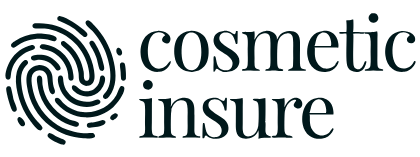It’s interesting that you’re thinking about mole removal, as we at Astrum Medical have our own way of doing it. You’ll start with an in-depth consultation where a dermatologist evaluates your mole and discusses the best removal options. Whether it’s excision, laser therapy, or cryotherapy, each method has its pros and cons. The focus is always on safety and achieving the best cosmetic results. But what happens after the procedure? There’s a tailored recovery plan you’ll need to follow meticulously. Let’s explore the steps involved and what you can expect during the healing process.
Key Takeaways
– Dermatologists assess moles and discuss removal options like excision, laser therapy, and cryotherapy.
– Mole mapping and digital imaging track changes over time for effective monitoring.
– Removal techniques prioritise safety, scar prevention, and cosmetic results using methods like surgical excision and laser treatment.
– Local anaesthetics are used for pain management during procedures.
– Post-treatment care and follow-up appointments ensure proper healing and long-term monitoring.
Initial Consultation
During your initial consultation at Astrum Medical, the dermatologist will assess your mole and discuss potential removal options tailored to your specific needs. They’ll consider factors like the mole’s size, location, and appearance. This thorough approach ensures that you receive the most effective treatment options available. Your dermatologist will explain each method, including excision, laser therapy, and cryotherapy, highlighting the benefits and risks of each.
Addressing patient concerns is a top priority. You’ll have the opportunity to ask questions about the procedure, recovery time, and potential scarring. The dermatologist will provide detailed answers to help you make an informed decision.
They understand that each patient has unique concerns and will take the time to discuss any specific issues you may have, such as pain management or cosmetic outcomes.
Skin Examination
The dermatologist will meticulously inspect your skin to evaluate the mole’s characteristics and determine the most appropriate elimination method. During your dermatologist consultation, the specialist will use a dermatoscope to examine the mole’s size, shape, colour, and border. This thorough examination helps identify any unusual features that may indicate malignancy.
As part of melanoma screening, the dermatologist will assess the mole for asymmetry, irregular borders, multiple colours, diameter greater than 6mm, and any evolution over time—commonly known as the ABCDE criteria. These factors are vital in distinguishing benign moles from potential melanomas. If any signs raise concern, the dermatologist may recommend a biopsy to obtain a definitive diagnosis before proceeding with removal.
Your medical history and any family history of skin cancer will also be discussed to provide a comprehensive evaluation. This information helps in understanding your risk factors and tailoring the approach accordingly.
Mole Mapping
Through mole mapping, a dermatologist creates a detailed record of your moles to monitor for any changes over time, ensuring early detection of potential skin issues. This process involves a thorough initial examination where each mole’s location, size, colour, and shape are documented.
Digital imaging technology plays a pivotal role in this procedure, allowing your dermatologist to capture high-resolution images of your skin. These images are then stored in a secure database for future comparison.
During follow-up appointments, your dermatologist will refer to these baseline images to assess any changes in your moles. This methodical approach to monitoring progress is vital for identifying early signs of melanoma or other skin abnormalities. By comparing current images with previous ones, even subtle changes can be detected promptly.
Mole mapping is particularly beneficial for individuals with a high number of moles or those with a personal or family history of skin cancer. It provides a detailed overview of your skin’s condition, helping your dermatologist make informed decisions about your care.
Regular mole mapping appointments are a proactive step in maintaining your skin health and catching potential issues before they become serious.
Removal Techniques
At Astrum Medical, mole removal techniques are tailored to suit each patient’s unique needs, guaranteeing both safety and effectiveness. You’ll find that our approach prioritises scar prevention and excellent cosmetic results. We offer several methods, including laser removal, cryotherapy, and shave excision, each chosen based on the mole’s characteristics and your personal preferences.
Laser removal employs focused light beams to target pigmented cells, minimising damage to surrounding tissue and reducing scarring. Cryotherapy involves freezing the mole with liquid nitrogen, causing it to fall off naturally. Shave excision, on the other hand, involves carefully shaving the mole off the skin’s surface, ideal for raised moles.
Pain management is crucial to our process. We use local anaesthetics to ensure you remain comfortable during the procedure. Post-treatment care is equally important; you’ll receive detailed instructions to help your skin heal properly and minimise any potential scarring. This includes keeping the area clean, applying prescribed ointments, and avoiding sun exposure.
Cosmetic concerns are addressed during your consultation, where we discuss the best technique for achieving your desired outcome. At Astrum Medical, we aim to provide you with effective results while prioritising your comfort and care.
Surgical Excision
For moles that require a more invasive approach, surgical excision offers a precise and effective solution. At Astrum Medical, this procedure involves removing the mole along with a margin of surrounding tissue to ensure complete excision. Your physician will use a local anaesthetic to numb the area, making the process virtually painless.
Scar prevention is a primary focus during surgical excision. Our skilled surgeons employ advanced techniques to minimise scarring, such as precise incision lines and careful suturing. After the mole is removed, the incision is closed with fine stitches, which are usually removed within one to two weeks.
Post-operative care is essential for best healing and scar prevention. You’ll receive detailed instructions on how to care for the wound, including keeping the area clean and dry, applying prescribed ointments, and avoiding strenuous activities that may strain the incision. Follow-up appointments are scheduled to monitor the healing process and address any concerns.
Laser Treatment
Laser treatment offers a non-invasive and precise method for mole removal, utilising focused light energy to target and break down mole cells. At Astrum Medical, this technique is highly esteemed for its minimal discomfort and reduced risk of scarring compared to traditional methods. A specialised laser device emits concentrated light beams that penetrate the skin, selectively destroying the pigmented cells within the mole without damaging surrounding tissue.
Before the procedure, our specialists guarantee laser safety by performing a thorough skin assessment and adjusting the laser settings to your specific skin type and mole characteristics. You’ll wear protective eyewear to shield your eyes from the laser light during the treatment. The procedure is typically quick, often completed within a few minutes, depending on the mole’s size and number.
After laser treatment, post treatment care is vital for optimal healing. You’ll need to keep the treated area clean and apply a prescribed ointment to promote skin regeneration. Avoid sun exposure and follow any additional guidelines provided by your healthcare provider.
Minor redness or swelling may occur but usually resolves within a few days. By adhering to these post treatment care instructions, you can achieve a smooth recovery and reach the best possible outcome.
Cryotherapy
While laser treatment offers a precision-based approach, cryotherapy provides a different method for mole removal by utilising extreme cold to freeze and destroy mole cells. This freezing treatment involves applying liquid nitrogen directly to the mole. The cold temperature causes the mole cells to crystallise and rupture, effectively eliminating the unwanted growth.
Before you undergo cryotherapy, a dermatologist consultation is essential. During this consultation, your dermatologist will evaluate the mole to determine if it’s suitable for cryotherapy. They’ll assess its size, depth, and location on your skin. Not all moles are ideal candidates for this treatment, so a thorough examination is essential.
The cryotherapy procedure itself is relatively quick and straightforward. Your dermatologist will use a cryoprobe or a cotton swab to apply liquid nitrogen to the mole. You might feel a cold sensation and some discomfort during the freezing process. The treated area may blister or scab over the following days, eventually falling off as the skin heals.
Cryotherapy is generally safe and effective. However, it carries some risks, such as scarring or changes in skin pigmentation. Your dermatologist will discuss these potential side effects during your consultation, ensuring you’re well-informed before proceeding.
Radiofrequency Ablation
Radiofrequency ablation is a minimally invasive procedure that uses electrical energy to heat and destroy mole tissue. During this procedure, a fine electrode emits high-frequency radio waves, which heat the targeted mole tissue causing it to break down. This method is precise, minimising damage to surrounding healthy tissue.
One of the primary ablation benefits is the reduced risk of scarring compared to traditional surgical methods. Additionally, radiofrequency ablation typically results in faster healing times and less discomfort. However, there are risks involved, including potential skin discoloration, infection, or incomplete removal of the mole, necessitating further treatment.
The procedure overview involves a consultation where your physician evaluates the mole and explains the process. On the day of the procedure, a local anaesthetic is applied to numb the area. The electrode then targets the mole, and the entire session usually lasts about 30 minutes.
Regarding cost, radiofrequency ablation can vary depending on factors such as the mole’s size, location, and the clinic’s pricing structure. At Astrum Medical, transparency about costs and what they include is a priority, ensuring you’re well-informed before proceeding.
Recovery Process
After undergoing radiofrequency ablation at Astrum Medical, you’ll find that the recovery process is typically swift and straightforward. Initially, you’ll need to keep the treated area clean and dry for the first 24 hours. Gently cleanse the area with mild soap and water, then apply a thin layer of antibiotic ointment to prevent infection.
During the healing process, following specific post-procedure care guidelines is vital. You may experience slight redness or swelling, which usually subsides within a few days. To minimise discomfort, avoid exposing the treated area to direct sunlight and refrain from vigorous activities that may irritate the skin.
Scarring prevention plays a significant role in your recovery. Keep the area moisturised using a non-comedogenic moisturiser and avoid picking at any scabs that form, as this can lead to scarring. Additionally, applying silicone gel or sheets can promote optimal healing and reduce the risk of noticeable scars.
For effective aftercare tips, consider using sunblock with at least SPF 30 on the treated area once it has healed sufficiently. This protects the skin and maintains the treatment’s results.
Follow-Up Care
Securing proper post-procedure care is vital for monitoring your progress and addressing any concerns that may arise after mole removal at Astrum Medical. Post procedure care involves keeping the treated area clean and dry. You’ll receive specific instructions on how to care for the wound, including how often to change bandages and which topical ointments to apply. It’s important to avoid exposing the area to direct sunlight, as it can impact healing and cause pigmentation changes.
Follow-up appointments play a significant role in your recovery. Typically, your first follow-up visit is scheduled within one to two weeks after the procedure. During this visit, your healthcare provider will assess the healing of the site and check for any signs of infection or complications. They may also discuss the pathology report if a biopsy was performed on the removed mole, providing you with essential information about your skin health.
You might require additional follow-up appointments to monitor the area long-term, especially if the mole was atypical or showed signs of malignancy. Adhering to these follow-up visits secures you’re on the right path to recovery and helps catch any potential issues early.
Frequently Asked Questions
Are Mole Removal Procedures Covered by Insurance?
Insurance coverage for mole removal depends on your policy’s eligibility requirements. Typically, if the mole poses health risks, it’s more likely to be covered. Consult your provider to confirm specific details about your situation.
How Long Does a Typical Mole Removal Appointment Take?
Your mole removal appointment will take about an hour, including the healing process overview and post care instructions. The procedure itself is quick, but they make sure you understand how to care for it afterward.
Can I Return to Work Immediately After Mole Removal?
Yes, you can return to work immediately after mole removal. Your recovery time is minimal. However, be mindful of potential scarring and follow post-procedure care instructions to guarantee proper healing and minimise any complications.
What Are the Costs Associated With Mole Removal at Astrum Medical?
You won’t believe how affordable mole removal is at Astrum Medical! The cost breakdown includes post-procedure care essentials. The healing process is swift, with minimal scarring concerns. You’ll receive precise, patient-focused care throughout your treatment.
Are There Any Special Preparations Needed Before a Mole Removal Procedure?
You should follow pre-treatment precautions, like avoiding sun exposure and stopping certain medications. Post-removal care includes keeping the area clean, applying prescribed ointments, and attending follow-up appointments to guarantee proper healing and monitoring.
Conclusion
At Astrum Medical, your mole removal journey is meticulously crafted with unparalleled precision and care. Our dermatologists don’t just remove moles—they masterfully sculpt your skin to perfection.
With state-of-the-art techniques like surgical excision, cryotherapy, and radiofrequency ablation, we guarantee your skin not only heals but transforms.
Our tailored post-treatment care guarantees you’re not just satisfied, but utterly amazed.
Trust Astrum Medical for results that aren’t just peak—they’re extraordinary.




